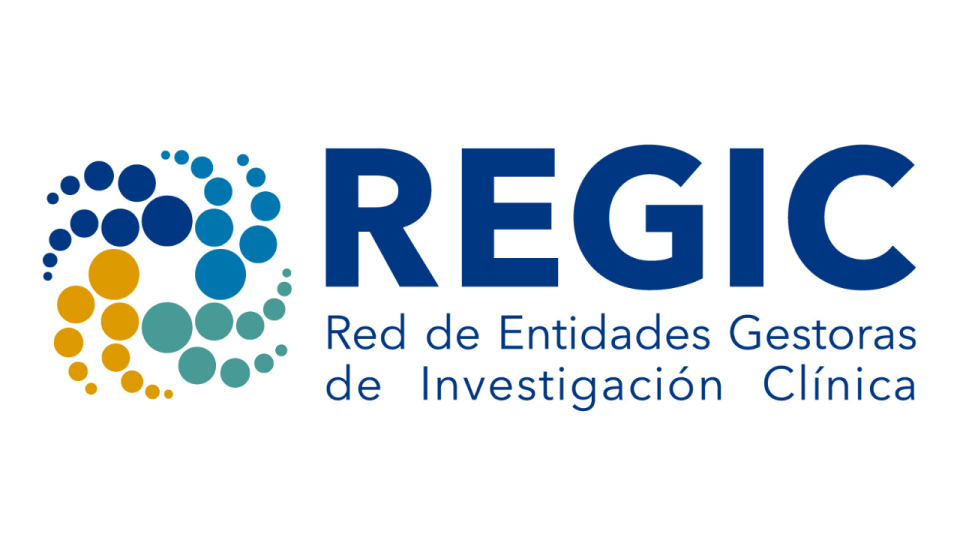The results of the two studies published in Critical Care and Journal of Intensive Care show that the use of high-flow nasal oxygen as a less invasive technique to intubation leads to an increase in ventilator-free days and a reduction in the ICU length of stay. Moreover, the researchers have identified a series of predictors to determine which patients are more likely to require intubation in accordance with their condition when they are admitted to the ICU.
The work was carried out thanks to networking by 36 hospitals in Spain and Andorra promoted by the Spanish Society of Anaesthesiology, Resuscitation and Pain Therapy (SEDAR). Dr. Carlos Ferrando, head of the Surgical Intensive Care Unit (UCIQ) at the Hospital Clínic de Barcelona, researcher in the Physiopathological mechanisms of respiratory illnesses research group and at the CIBER of Respiratory Diseases (CIBERES) is, along with other anaesthesiologists, one of the project’s coordinators. The first author of both studies is Dr. Ricard Mellado-Artigas, from the same group.
COVID-19 has caused thousands of cases of acute respiratory failure with high associated mortality. Patients in this situation require ventilation support for long periods of time. This, alongside the high incidence of cases, means that great pressure is placed on hospital ICUs all over the world.
Less invasive strategies for assisted breathing
High-flow nasal oxygen therapy reduces the need for endotracheal intubation in patients with acute respiratory failure. Moreover, it avoids the risks associated with mechanical ventilation, such as delirium and cognitive impairment, weakness acquired after ICU admission, and secondary infections.
“At the start of the pandemic, there was a limited use of less invasive respiratory support therapies. In our opinion, this was for two main reasons: in the first place, the healthcare workers’ legitimate fear of increasing the risk of infection; and, in the second place, in the previously published literature on patients with respiratory distress, the failure of these therapies was associated with increased mortality," the researchers point out.
The aim of the study published in Critical Care was to assess whether high-flow oxygen therapy was a suitable type of intervention for COVID-19 patients with acute respiratory failure. After monitoring 122 patients admitted to ICUs in 36 hospitals, the results showed that the use of high-flow oxygen therapy, compared with early intubation, led to an increase in ventilator-free days and a reduction in the ICU length of stay.
“Our aim was to find out whether there was any benefit in using a less invasive strategy and, once this was shown to be the case, the next step was to determine whether we were able to predict which patients we could use this intervention with,” explains Carlos Ferrando.
Calculate the probability of a patient requiring intubation
Thus, in the same group of hospitals, a study of 259 patients was carried out to establish which parameters allow us to predict the need for mechanical ventilation in accordance with their condition when admitted to the ICU, so as to determine which strategy is most suitable in each case.
Of the 259 patients, 54% (140) needed respiratory support through intubation. The main predictors of intubation were the SOFA index, which assesses the appearance and evolution of multi-organ failure in ICU patients, and the ROX score that combines information on the patient’s respiratory rate and oxygenation. “Unlike other studies in non-COVID-19 patients, low oxygenation levels at admission were not a reliable marker for intubation”, explains Ricard Mellado-Artigas.
Based on these parameters, a model was developed to predict the need for intubation in patients with severe COVID-19, which will help in making decisions about the most suitable type of intervention at ICU admission. “New studies are required to confirm how useful this calculator is in new patient groups,” concludes Carlos Ferrando.
Article reference:
High-flow nasal oxygen in patients with COVID-19-associated acute respiratory failure.
Mellado-Artigas R, Ferreyro BL, Angriman F, Hernández-Sanz M, Arruti E, Torres A, Villar J, Brochard L, Ferrando C; COVID-19 Spanish ICU Network.
Crit Care. 2021 Feb 11;25(1):58. doi: 10.1186/s13054-021-03469-w.
Predictors of failure with high-flow nasal oxygen therapy in COVID-19 patients with acute respiratory failure: a multicenter observational study.
Mellado-Artigas R, Mujica LE, Ruiz ML, Ferreyro BL, Angriman F, Arruti E, Torres A, Barbeta E, Villar J, Ferrando C; COVID-19 Spanish ICU Network.
J Intensive Care. 2021 Mar 5;9(1):23. doi: 10.1186/s40560-021-00538-8.




